Astronomers are gearing up for a heavenly spectacle when Jupiter and Saturn huddle closer together in the evening sky than they have for nearly 400 years.
Jupiter and Saturn will align in this night sky December 21 an event astronomers call the "great conjunction" - also referred to as the "Christmas Star", marking the planets' closest encounter in nearly 400 years.
The celestial event will play out tody when the solar system’s two largest planets appear side by side in a “great conjunction” above the horizon soon after sunset.
Celebrating Winter 2020 and The Great Conjunction! (Northern Hemisphere)
https://www.google.com/doodles/
- Google Doodle:
Today’s animated Doodle celebrates the Northern Hemisphere’s first day of winter as well as this rare double planet sighting or “Great Conjunction” which can be viewed from anywhere around the globe!
As Earth’s Northern Hemisphere hunkers down for winter and its longest night of the year, it seems Jupiter and Saturn have decided to put on quite an unusual show for the world to see!
So what exactly is creating this celestial phenomenon? Based on their orbits, from our vantage point on Earth, Jupiter and Saturn will cross within .1 degrees of each other (a fraction of the width of the full moon), a once-in-a-lifetime rendezvous recreated in the Doodle artwork. But looks can be deceiving, as the two gas giants will actually remain a vast distance of approximately 450 million miles apart!
- Religious side of Christmas star:
The phenomenon has, consequently, been likened to the Biblical Christmas Star as described in the Gospel of Matthew.
Christmas Star 2020: The Three Wise Men followed the Star of Bethlehem
credits: Getty Images
Some astronomers also speculate the fabled Star of Bethlehem that led the Three Wise Men to the newly-born Jesus Christ may have been a Great Conjunction of the two gas giants.
- Some information:
In 1610, Italian astronomer Galileo Galilei pointed his telescope to the night sky, discovering the four moons of Jupiter – Io, Europa, Ganymede, and Callisto.
In that same year, Galileo also discovered a strange oval surrounding Saturn, which later observations determined to be its rings. These discoveries changed how people understood the far reaches of our solar system.
“The cool thing is that Galileo first observed Jupiter and Saturn in 1610, which is 13 years before the last really close conjunction. But there is no record of anyone observing the 1623 conjunction through a telescope,”
Thirteen years later, in 1623, the solar system’s two giant planets, Jupiter and Saturn, traveled together across the sky. Jupiter caught up to and passed Saturn, in an astronomical event known as a Great Conjunction.
From our vantage point on Earth the huge gas giants will appear very close together, but they will remain hundreds of millions of miles apart in space. And while the conjunction is happening on the same day as the winter solstice, the timing is merely a coincidence, based on the orbits of the planets and the tilt of the Earth.
“You can imagine the solar system to be a racetrack, with each of the planets as a runner in their own lane and the Earth toward the center of the stadium,” (...) “From our vantage point, we’ll be able to be to see Jupiter on the inside lane, approaching Saturn all month and finally overtaking it on December 21.”
Henry Throop, astronomer in the Planetary Science Division at NASA Headquarters in Washington.
The planets regularly appear to pass each other in the solar system, with the positions of Jupiter and Saturn being aligned in the sky about once every 20 years.
This year, the planets will appear in the sky one-fifth of the width of a full moon apart. The event coincides with the winter solstice, when the tilt of the northern hemisphere away from the sun produces the shortest day and the longest night.
Conjunctions like this could happen on any day of the year, depending on where the planets are in their orbits"
Henry Throop
“The date of the conjunction is determined by the positions of Jupiter, Saturn, and the Earth in their paths around the Sun, while the date of the solstice is determined by the tilt of Earth’s axis. The solstice is the longest night of the year, so this rare coincidence will give people a great chance to go outside and see the solar system.”
December 2021
credits: Colleen Quinnell
Skywatchers are in for an end-of-year treat. What has become known popularly as the “Christmas Star” is an especially vibrant planetary conjunction easily visible in the evening sky over the next two weeks as the bright planets Jupiter and Saturn come together, culminating on the night of Dec. 21.
- How & where to watch?
Jupiter and Saturn are bright, so they can be seen in areas with clear skies and no cloud cover, and even from most cities. This also means that the event can be seen with the naked eye. However, binoculars or a small telescope may allow viewers to see Jupiter's four large moons, according to the statement.
Education:
Impossible kids with their families, the oldest in a skywatchers group will go to admire such a awesome event.
Do you want a better science lesson ? A beautiful live science class. Wow! An event for life.
Illustrazioni: Celina Elmi
La storia dell’umanità è ricca di uomini e donne che hanno realizzato qualcosa di eccezionale. C’è chi ha contribuito con le proprie scoperte a conoscere meglio il mondo, chi ha regalato ai posteri grandi opere d’arte e chi ha compiuto gesti memorabili facendo avanzare la nostra società. Attraverso le avventure di Mattia, un ragazzino a volte pasticcione ma sempre curioso di nuove esperienze, conosceremo da vicino le vite e le molteplici imprese di questi grandi personaggi.
Illustrazioni: Celina Elmi
In questo volume incontreremo il padre della scienza moderna, Galileo Galilei (1564-1642).
Matematico, fisico e astronomo, Galileo ha saputo guardare la realtà con occhi nuovi, con coraggio e tenacia, consegnando al genere umano una nuova visione dell’universo.
Illustrazioni: Celina Elmi
Attraverso un divertente dialogo fra passato e presente, Galileo stesso racconterà gli eventi principali della sua vita e delle sue invenzioni al vivace Mattia. Fra le pagine del libro, i giovani lettori potranno trovare gli appunti della bacheca di Mattia, con approfondimenti e curiosità.
Le Rêve de Galileo: animation (French)
 |
Copyright © 2020G-Souto'sBlog, gsouto-digitalteacher.blogspot.com®

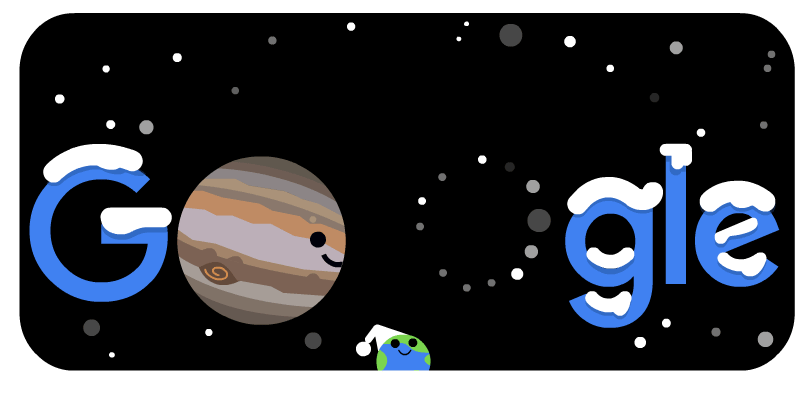




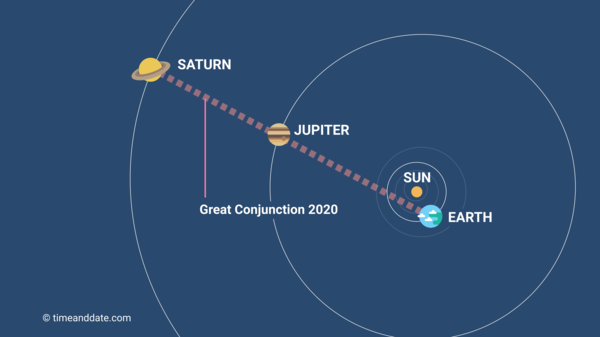


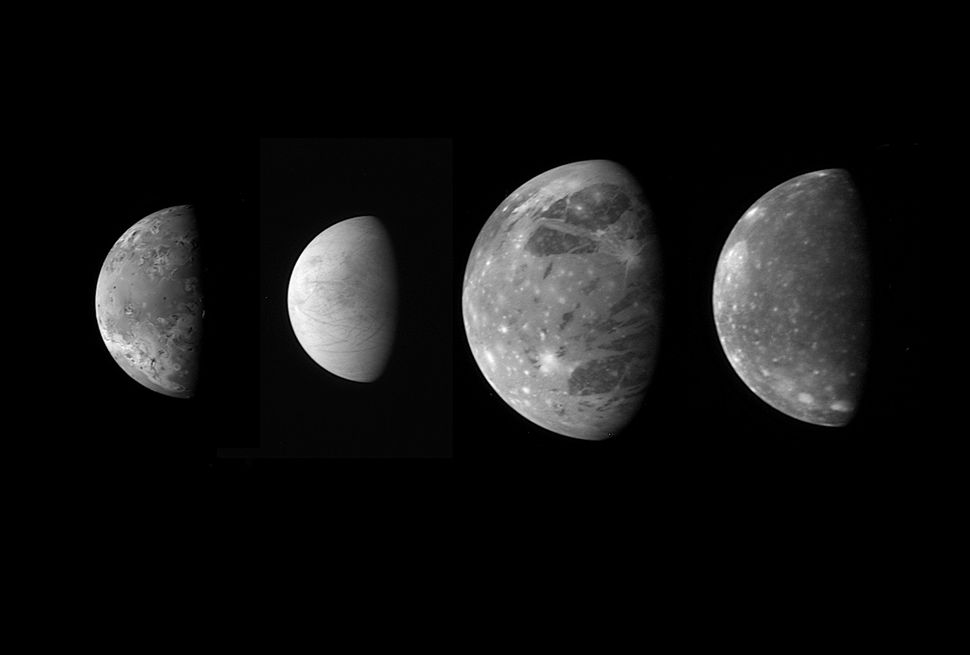

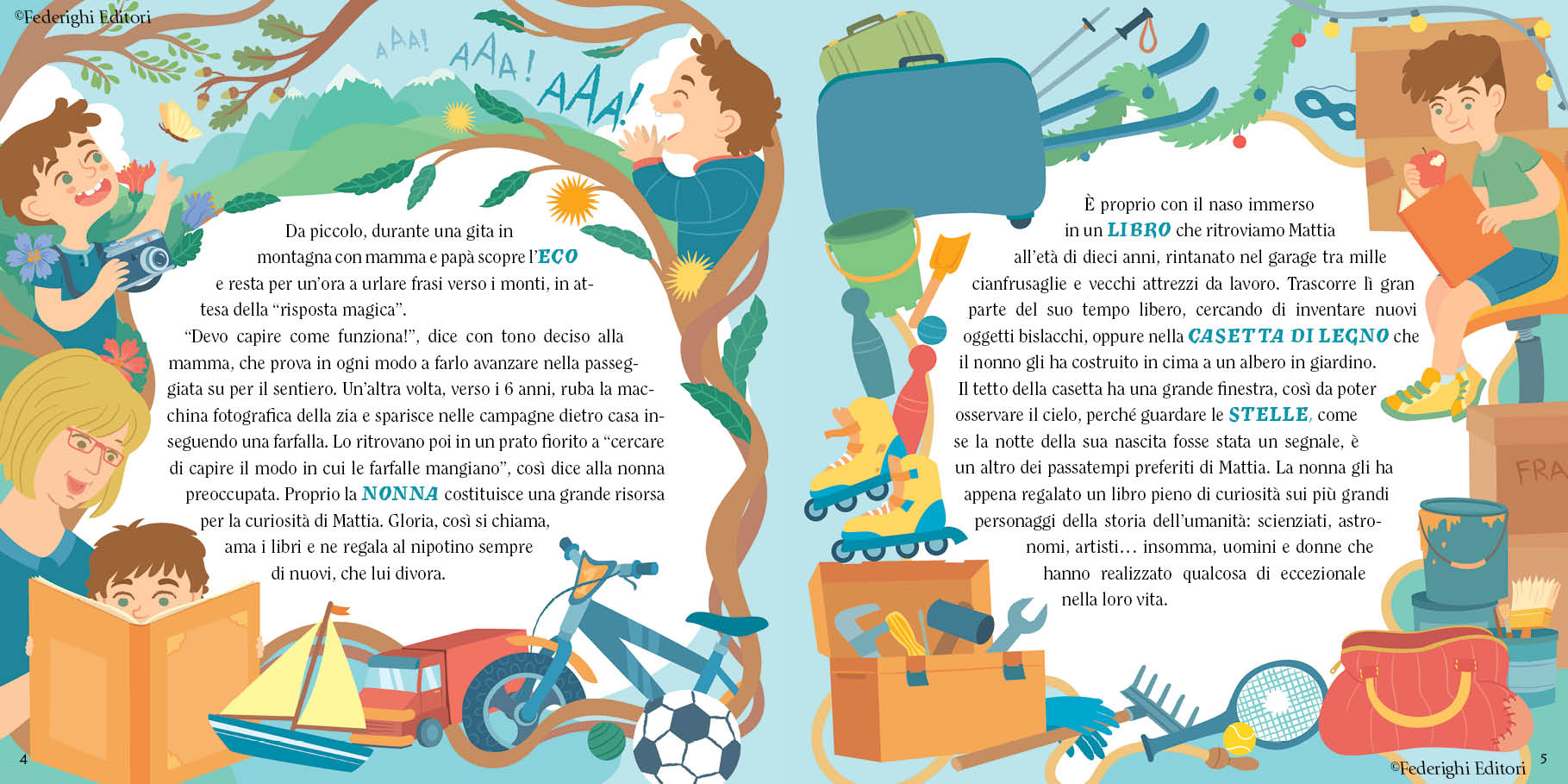
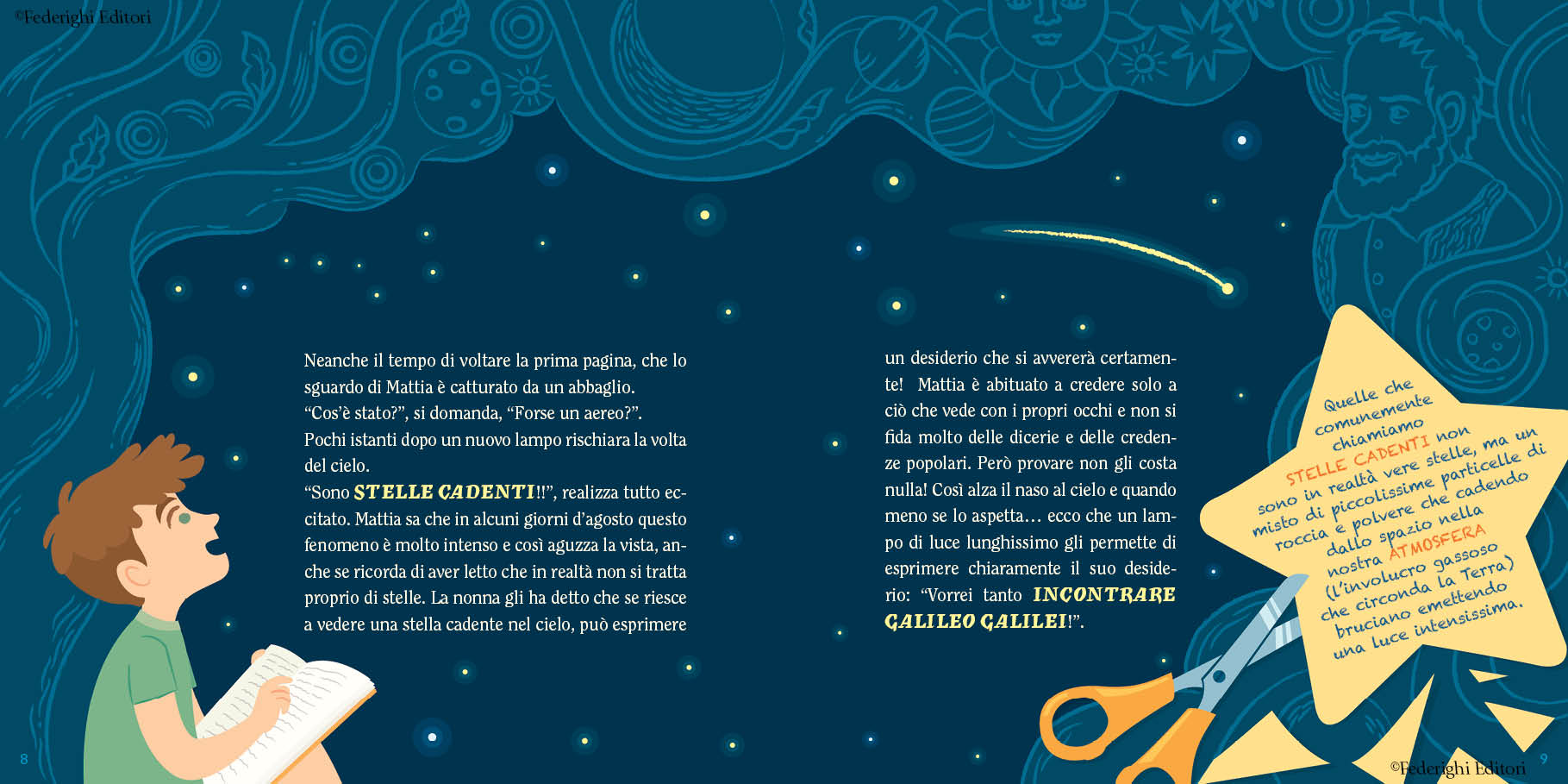


No comments:
Post a Comment